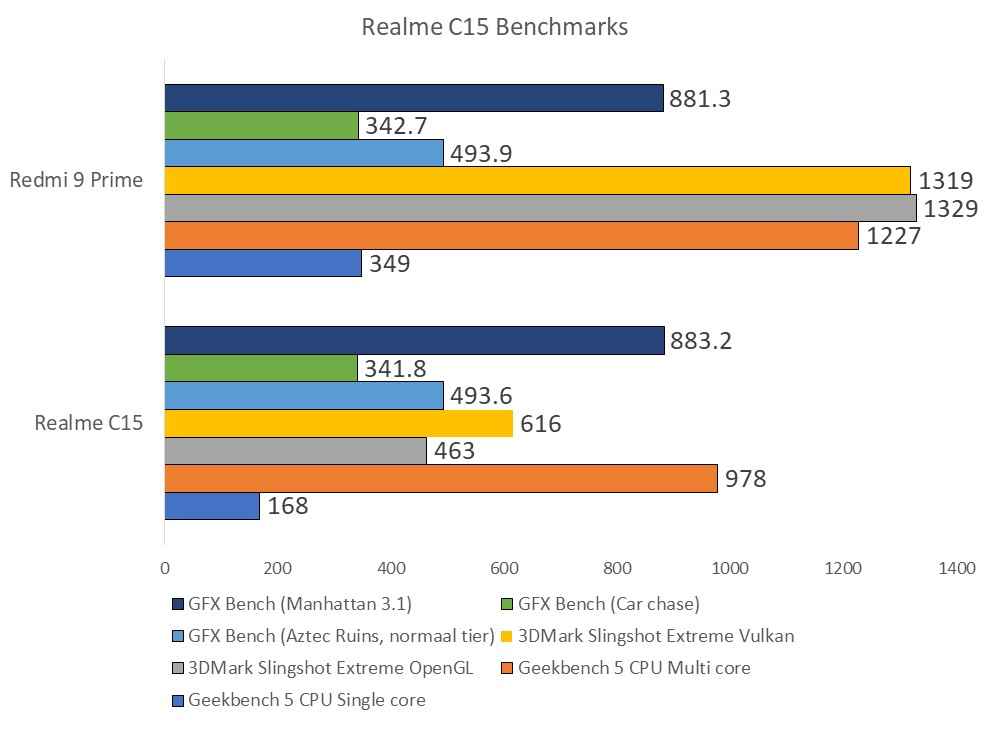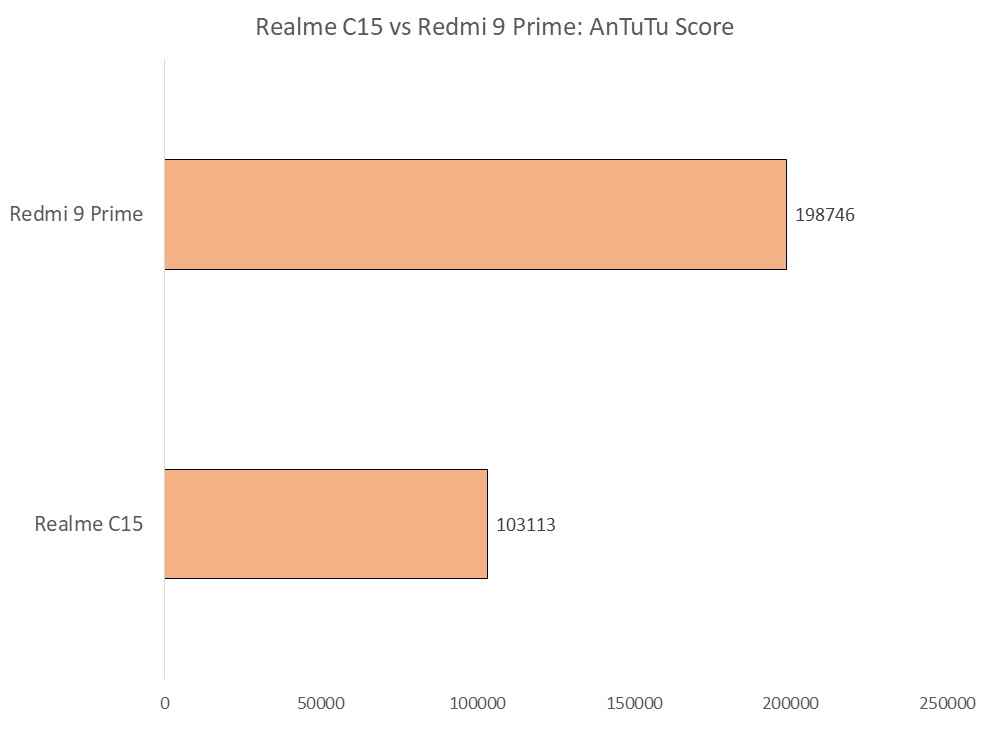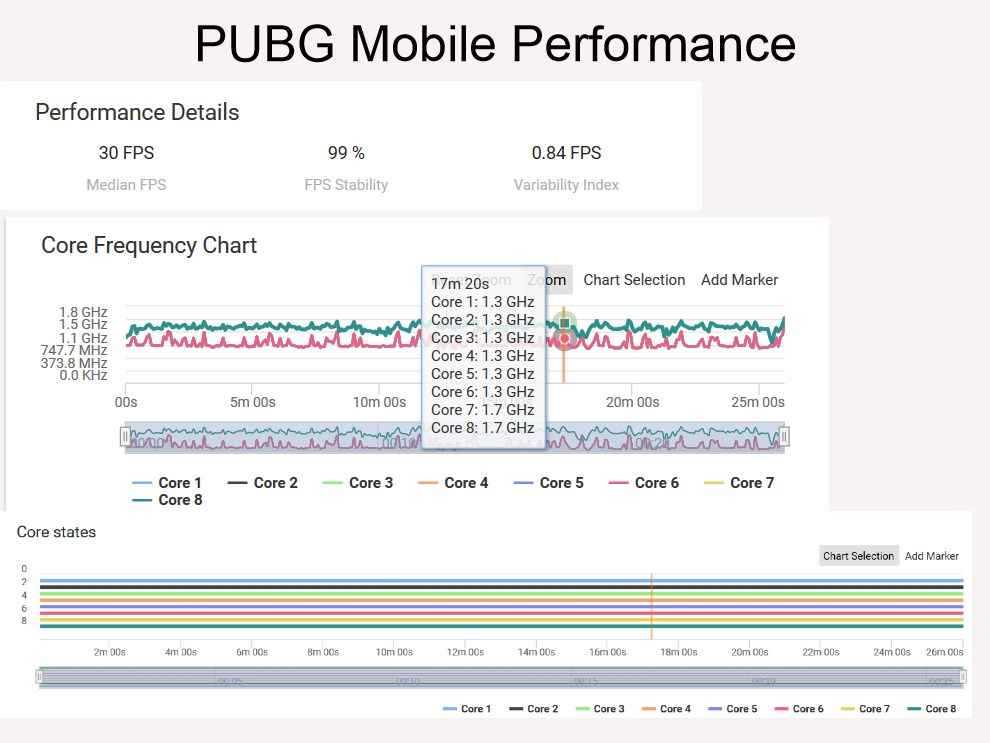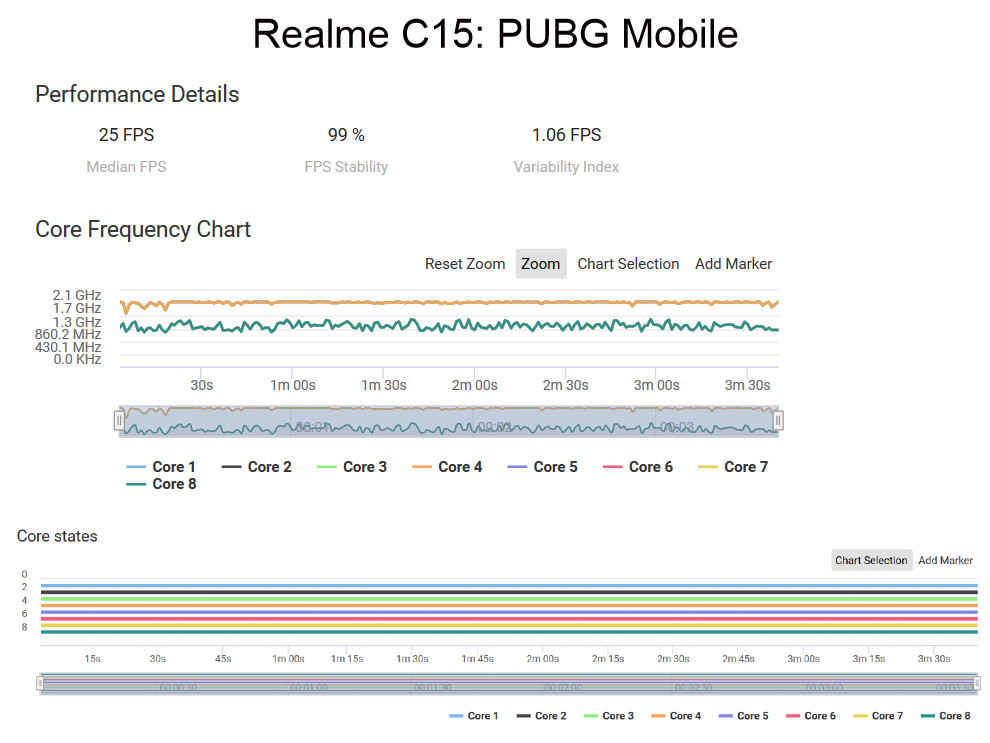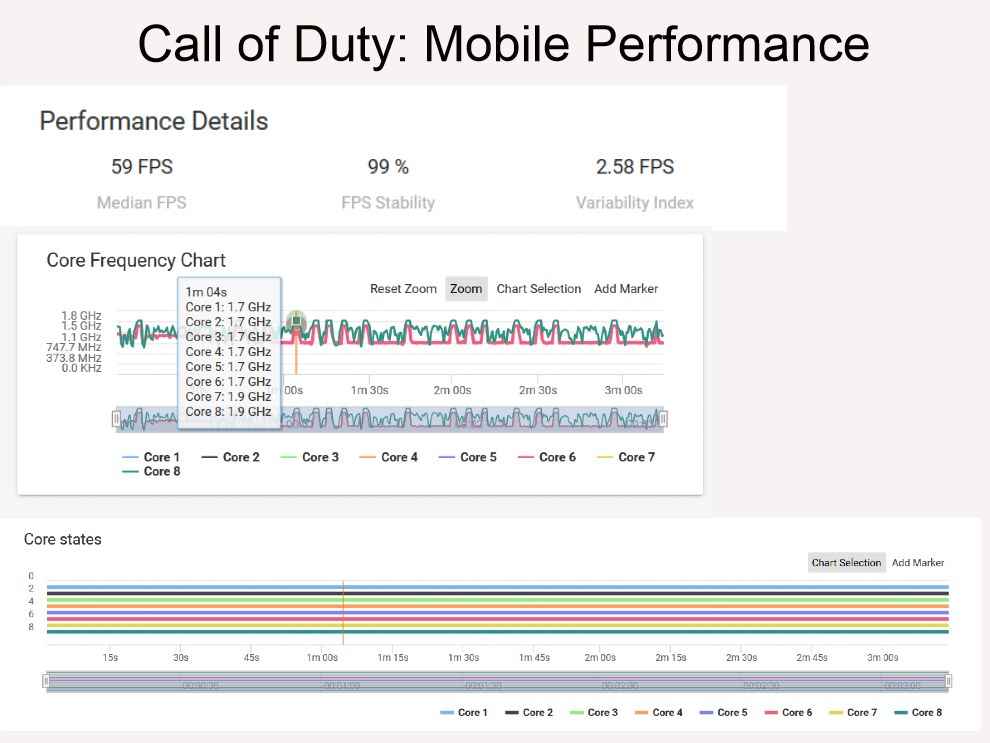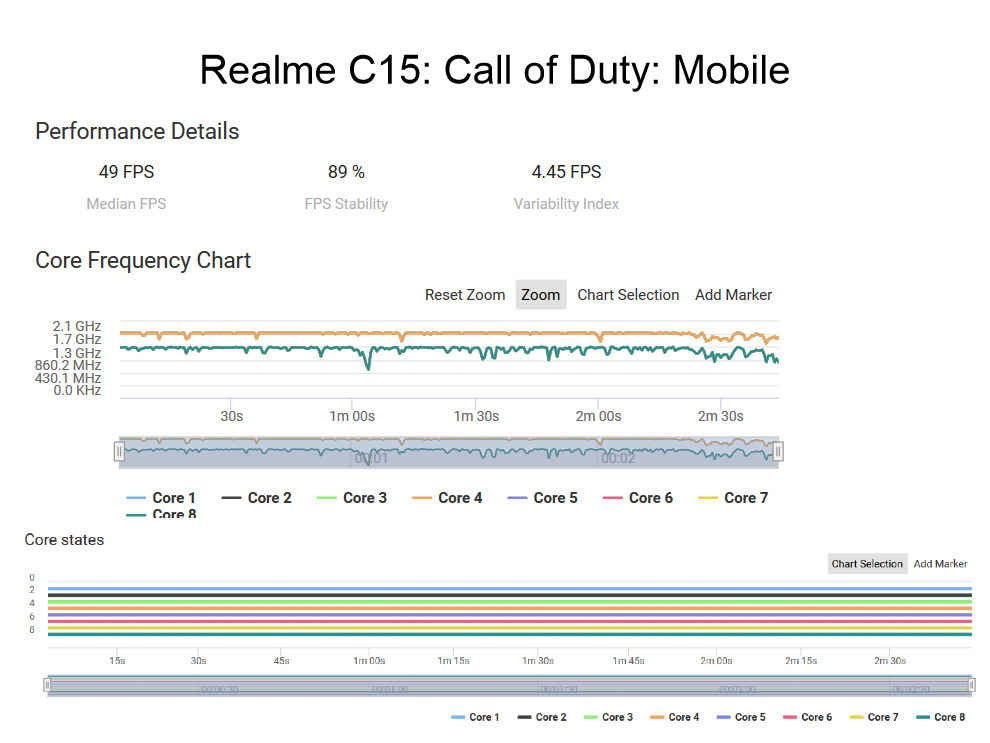Realme C15 vs Redmi 9 Prime: Under- 10k Performance comparison
With the internals same as the cheaper Realme C12, we examine how the performance compares against the Xiaomi Redmi 9 Prime.
Just how much of a difference does the choice of processor makes in the overall performance?
We put the two smartphones through our benchmark, gaming and battery tests to find out the winner.
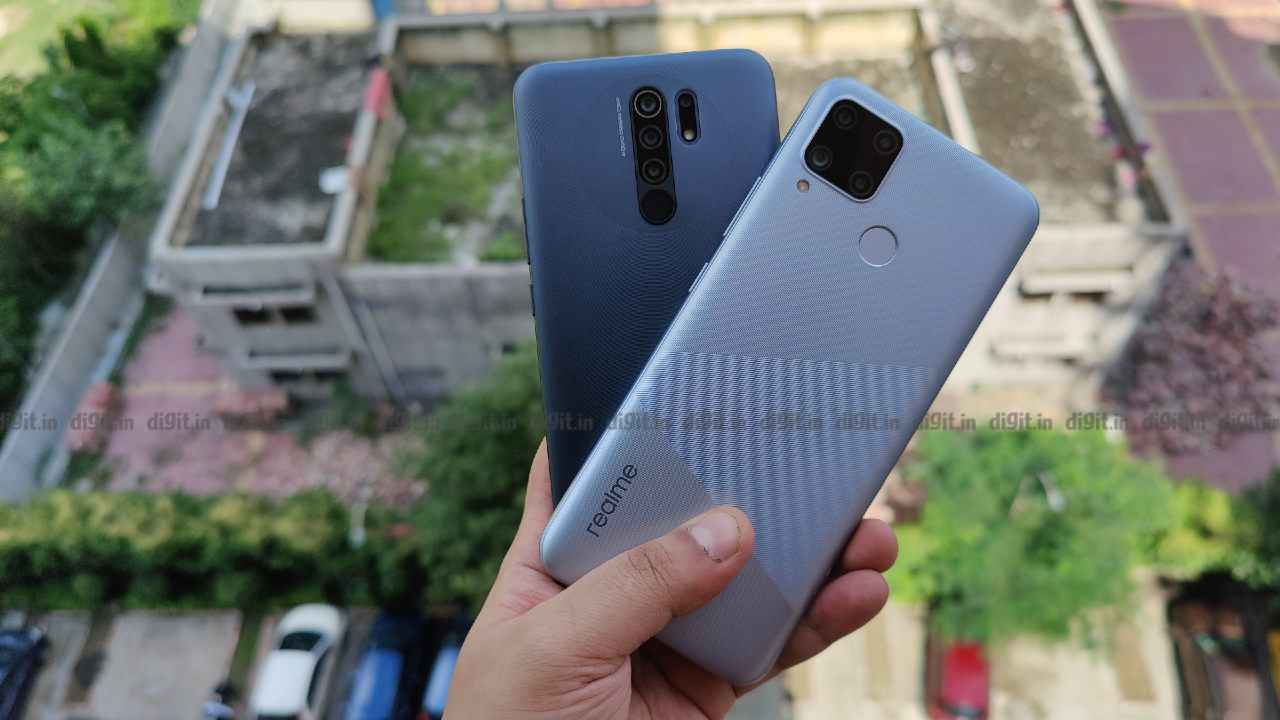
The Realme C15 is the latest addition to the Realme C-series, launched alongside the Realme C12 which we deduced to be an entry-level smartphone at best with a good camera, but average performance. The performance gulf was quite evident when compared against the Xiaomi Redmi 9 Prime, but in the C12’s defense, it’s also Rs 1,000 cheaper than the 9 Prime. The Realme C15 cannot have that defense though, as both the Redmi 9 Prime and the Realme C15 are priced at Rs 9,999. Yet, the internals of the Realme C15 remains the same as the Realme C12. It’s powered by the MediaTek Helio G35, the least powerful SoC under MediaTek’s gaming portfolio, while the Redmi 9 Prime stops just short of getting the best, with the MediaTek Helio G80.
 Survey
SurveyJust how much of a difference does the choice of processor makes in the overall performance? Let’s find out —
Benchmarks
We ran our usual set of benchmark apps including AnTuTu, Geekbench, 3DMark and PCMark to see where the Realme C15 stands in the pecking order. Looking at the numbers, the Realme C15 is clearly outshone and overpowered by the Redmi 9 Prime. There is indeed a big difference in performance on synthetic tests between the Helio G35 and the Helio G80. And that’s primarily because the Helio G35 comes with eight Cortex-A53 cores clocked at 2.3GHz, tuned for power efficiency, while the Helio G80 relies on two Cortex-A76 cores clocked at 2.0GHz and six Cortex-A55 cores clocked at 1.8GHz. So, even though the peak clock-speed is higher on the Realme C15, the performance is largely better on the Redmi 9 Prime owing to the presence of performance cores.
As for GPU performance, the PowerVR GPU in the Realme C15 is really no match for the Mali-G52 on the Redmi 9 Prime. The scores are miles apart, on 3DMark and GFXBench.
However, it’s important to state that benchmark numbers for MediaTek chipsets are highly unreliable, and cannot be a derivative of real-world performance, simply because MediaTek chipsets discretely detects whether you are running a benchmark, and pushes the CPU to run at peak speeds, even though no other app that is used by the masses can trigger the same behaviour. Clearly, MediaTek has special provisions for benchmark apps to get higher benchmark scores, which in turn, can be used to market the products effectively, even though the reality is quite different.
Gaming
Having said that, here’s one area where the chipsets did deliver, provided you know what to expect from budget smartphones. The Redmi 9 Prime and the Realme C15 cannot run popular titles like PUBG Mobile and COD: Mobile with the FPS and graphics maxed out. Instead, the Realme C15 will offer the absolute bare minimum in graphics, while the Redmi 9 Prime will go mid-way. It should be good enough for most users in the budget segment range, because there really is nothing better, as far as gaming is concerned, in this segment.
We played a round of PUBG Mobile Battle Royale on the Realme C15 and the Redmi 9 Prime, and quite clearly, the Redmi 9 Prime offers a better experience out of the two, despite being priced the same. The Redmi 9 Prime is able to hit peak FPS (for budget phones) on PUBG Mobile with 30 FPS at 99 percent stability, indicating there’s practically no lag or stutter while playing. The Realme C15 also scored high on stability, but fell short of hitting the 30 FPS mark.
On COD: Mobile, the Redmi 9 Prime was also able to hit the 60 FPS mark with high stability, while the Realme C15 couldn’t. Yet, it’s not unplayable on the Realme C15. Only, the characters, maps and textures appear really poor, and nothing like the quality COD offers on mid-range and budget smartphones.
Battery Life
The 6,000mAh battery on the Realme C15 is what makes this a worthy consideration for daily usage. The performance is strictly average, but you can rest assured the Realme C15 will last well over a day and then some more. And unlike the Realme C12, this one also supports 18W fast charging out of the box, which tops up the battery in around 90 minutes. 15 minutes of PUBG Mobile drained the Realme C15 battery by 4%, while 30 minutes of watching videos on YouTube drained the battery by 6%.
The Redmi 9 Prime’s 5020mAh battery is also a marathon runner, and won’t die on you in the middle of the day even with heavy usage. But quite expectedly, the screen-on time is lesser when compared to the Realme C15. On the Redmi 9 Prime, 15 minutes of PUBG Mobile chipped away 5% charge, while 30 minutes of YouTube binging drained 6% charge.
Bottomline
The Realme C15 gets the basics right, but for a smartphone priced under Rs 10,000, it needs to do more to appeal to buyers, especially when a smartphone like the Redmi 9 Prime exists for the same price, with a significant bump in performance. The Under-10k segment used to get features like a 48MP camera, 6-series Snapdragon processors, and sometimes even an AMOLED display. All those seem to have vanished after the GST rate hike, and even amidst the features that are common for this segment, the Realme C15 feels inadequately equipped for heavy usage. The Redmi 9 Prime still checks those few boxes with good gaming performance, and higher benchmark scores, indicating Xiaomi’s offering is more cutout for heavy usage than the Realme C15.
